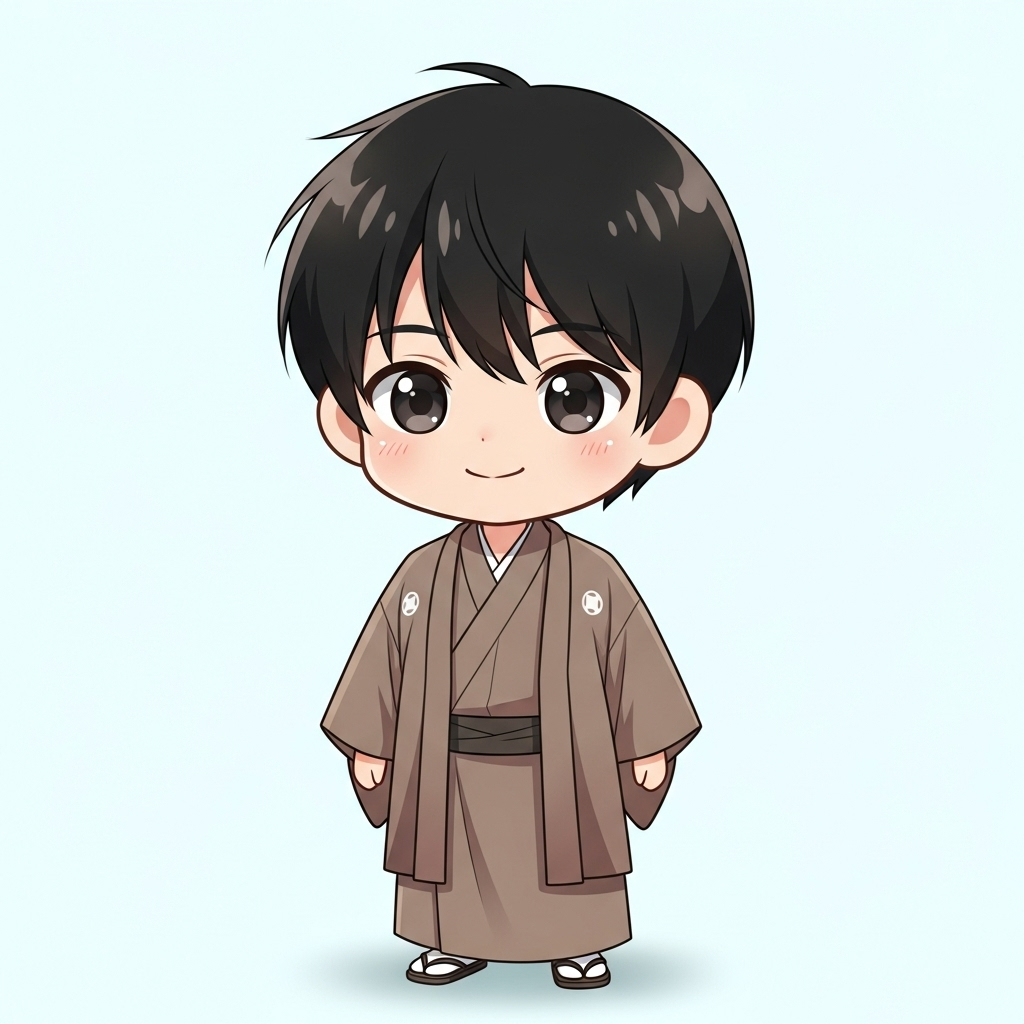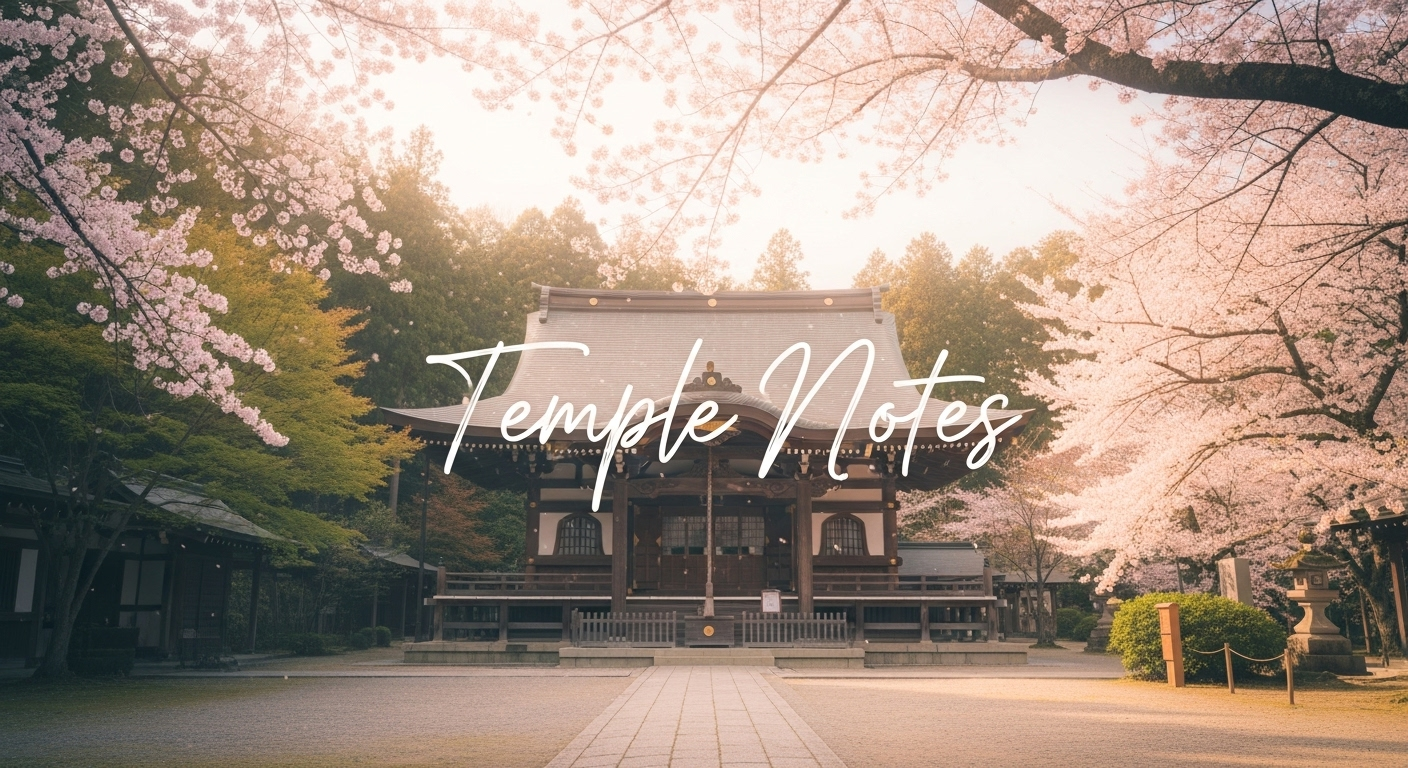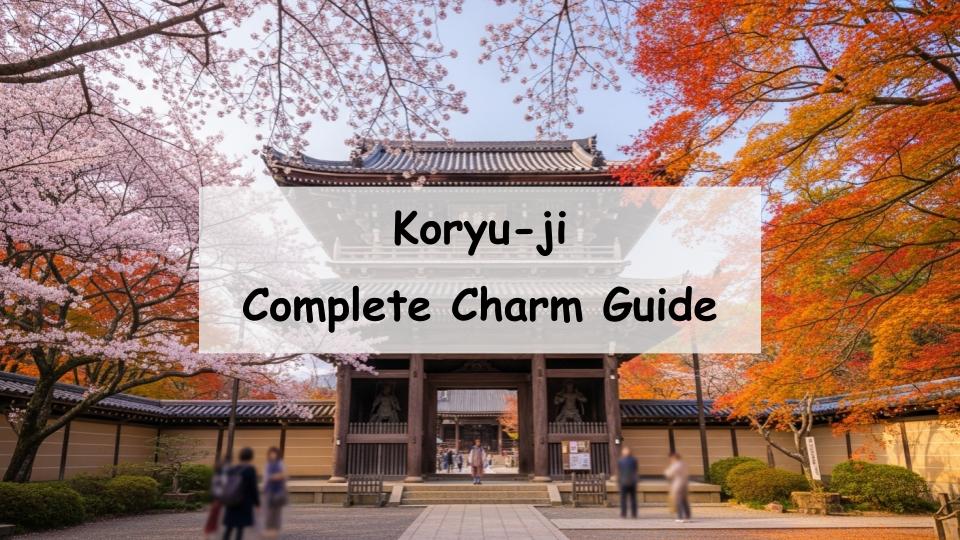When exploring Kyoto’s historic temples, many travelers wonder: What makes Kōryū-ji special? What are its famous statues and highlights? Is it easy to reach? The answer is simple: Kōryū-ji houses some of Japan’s oldest Buddhist statues, including national treasures and important cultural properties. It is a must-visit temple offering a wealth of attractions. This article introduces the temple’s history, key features, highlights, access information, and travel tips so you can make the most of your visit.
What is Kōryū-ji? History and Overview
Foundation and Origins
Kōryū-ji is located in the Uzumasa district of Kyoto. According to tradition, it was founded in the Asuka–Nara period by Hata no Kawakatsu, a leader of the powerful Hata clan. It is said that he received a Buddhist image from Prince Shōtoku and established the temple to enshrine it. This story highlights the temple’s deep connection with early Japanese Buddhism.
Connection with Prince Shōtoku
Legends link Kōryū-ji closely with Prince Shōtoku, one of the most important figures in Japan’s early history. The temple is often recognized as one of the sites associated with the prince, adding to its cultural and spiritual significance.
Unique Position of Kōryū-ji
Kōryū-ji is especially renowned for housing ancient Buddhist sculptures, several of which are designated as national treasures. As such, the temple is not only a place of worship but also an invaluable cultural and artistic hub, attracting both tourists and scholars.
Highlights of Kōryū-ji
National Treasure: Miroku Bosatsu (Maitreya Bodhisattva)
The most celebrated treasure of Kōryū-ji is the Miroku Bosatsu Hankashi-yui-zō (Maitreya Bodhisattva in deep contemplation). This masterpiece from the Asuka period is praised for its serene expression and delicate craftsmanship. It is displayed in the Reihōden (Treasure Hall), where visitors can admire its artistry up close.
Collections of Buddhist Statues and Cultural Assets
Beyond the Miroku Bosatsu, Kōryū-ji houses many other statues, paintings, and artifacts spanning different eras. These treasures illustrate the evolution of Buddhist art in Japan, making the temple a living museum of history.
Architectural Beauty and Atmosphere
The temple grounds are tranquil, lined with traditional halls and pathways that create a timeless atmosphere. Strolling through the grounds, you can feel the harmony between architecture and nature, which changes beautifully with the seasons.
Main Halls and Structures
Notable structures include the Main Hall, guest halls, and the Reihōden. The Reihōden is especially important as it preserves and displays the temple’s most precious treasures.
Seasonal Beauty: Cherry Blossoms and Autumn Leaves
In spring, cherry blossoms frame the temple beautifully, while in autumn, vibrant red foliage transforms the grounds. These seasonal views add another layer of charm to the visit.
Events and Festivals at Kōryū-ji
The Ox Festival: Origins and Highlights
Historically, Kōryū-ji and the nearby Ōtori Shrine hosted the Uzumasa Ox Festival, a unique local tradition. Although the festival has been suspended in recent years, its legend continues to be part of the temple’s identity. Travelers should always check for the latest updates if planning around events.
Annual Rituals and Worship
Throughout the year, Kōryū-ji holds religious services and seasonal rituals. Occasionally, special exhibitions or openings take place, providing additional opportunities to engage with the temple’s heritage.
How to Get to Kōryū-ji
By Train or Bus
Kōryū-ji is very accessible by public transport. The Randen (Keifuku Railway) stops right at Uzumasa-Kōryūji Station, directly across from the temple. JR Uzumasa Station on the Sagano Line is also within walking distance, and city buses run frequently from central Kyoto.
By Car and Parking Information
For those traveling by car, the temple provides parking spaces for visitors. However, during peak seasons or holidays, traffic congestion can occur, so public transportation is generally recommended.
Suggested Model Course with Nearby Attractions
Kōryū-ji is close to Uzumasa’s Toei Kyoto Studio Park (Eiga Mura) and within easy reach of Arashiyama and Sagano. A popular itinerary combines a morning visit to Kōryū-ji, followed by a stop at the movie theme park, and then a scenic afternoon in Arashiyama.
Visitor Information
Hours and Admission Fees
Kōryū-ji’s opening hours vary by season, typically longer in spring and summer and shorter in winter. Admission fees apply, especially for entry to the Reihōden. Visitors should always check the latest information before going.
Best Times to Visit
For a quieter experience, mornings right after opening or early afternoons are ideal. The lighting also changes throughout the day, offering different moods for photography and contemplation.
Important Notes for Visitors
Photography is often restricted inside the Reihōden to protect cultural properties. As an active place of worship, visitors are expected to respect the temple’s sacred atmosphere and follow etiquette.
Nearby Attractions and Dining
Uzumasa Eiga Mura (Toei Kyoto Studio Park)
Just a short walk away, this theme park brings the world of samurai dramas and Japanese cinema to life. Combining Kōryū-ji with Eiga Mura makes for a balanced day of culture and entertainment.
Arashiyama and Sagano
From Uzumasa, it is easy to reach Arashiyama’s scenic spots, such as Togetsukyo Bridge and the bamboo grove. Many travelers combine a morning visit to Kōryū-ji with an afternoon in Arashiyama.
Local Cafes and Restaurants
The Uzumasa area offers cozy cafés and eateries where you can enjoy Kyoto-style cuisine or a relaxing tea break. Sampling local dishes enhances the cultural experience of your temple visit.
Conclusion: Experience the History and Culture of Kōryū-ji
Recap
Kōryū-ji is a temple deeply tied to early Japanese Buddhism, home to the iconic Miroku Bosatsu and many other cultural treasures. Conveniently located in Kyoto, it offers easy access to nearby attractions like Uzumasa and Arashiyama.
Tips for Enjoying Your Visit
Take time to appreciate the masterpieces in the Reihōden, stroll the grounds in harmony with the seasons, and plan your visit during quieter hours for the best experience. Pairing your trip with nearby spots will make your journey even more memorable.
Kōryū-ji is a rare place where art, history, and spirituality converge. Use this guide to plan your visit and immerse yourself in the timeless atmosphere of one of Kyoto’s most fascinating temples.
A Message from the Guide

The Randen train you take to get there has a retro charm and creates a wonderful atmosphere.









Comment